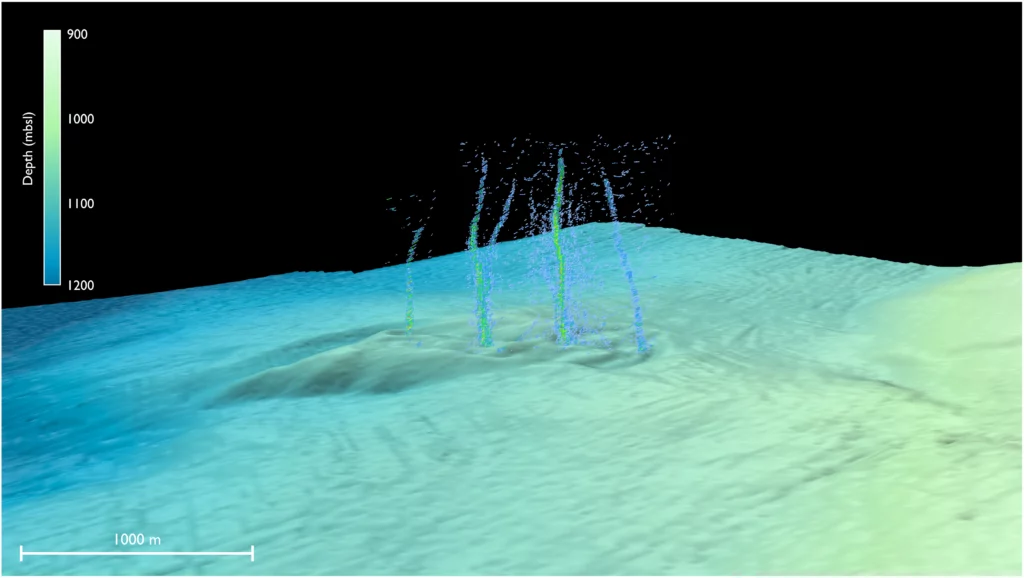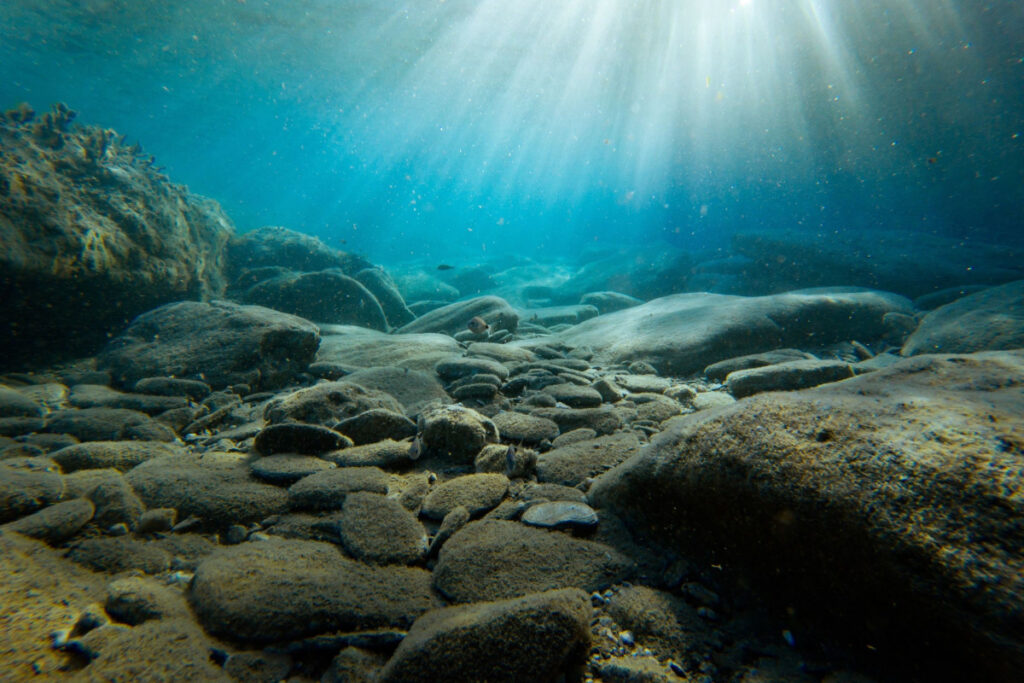There’s a hole in the floor of the Pacific Ocean, and if you live in the Pacific Northwest area of the United States, you should probably start to worry.
What is this Hole in the Bottom of the Ocean?
The leak, officially known as Pythia’s Oasis, was discovered by White House Policy Advisor Brendan Philip, back when he was a grad student at the University of Washington earlier this year. Philip, and the rest of the research team, released the report after they realized that bubbles rising to the surface near the Cascadia Subduction Zone were not from the usual methane gas vent.
“They explored in that direction and what they saw was not just methane bubbles, but water coming out of the seafloor like a firehose,” said Evan Solomon, a seafloor geologist and one of the authors on the paper. “That’s something that I’ve never seen, and to my knowledge has not been observed before.”
So if water is essentially pouring out into other water, what’s the big deal? Why are these geologists concerned?
According to the report, the biggest issue is the loss of water that is now acting as a lubricant between two major tectonic plates. If that water leaks out, the plates can rub together and cause some major earthquakes in the region.
“The megathrust fault zone is like an air hockey table,” Evan Solomon added in a press release. “If the fluid pressure is high, it’s like the air is turned on, meaning there’s less friction and the two plates can slip. If the fluid pressure is lower, the two plates will lock – that’s when stress can build up.”

In the realm of tectonic plates, friction, and stress is a very bad thing. Scientists have estimated that if the plates in the Cascadian Subduction Zone slip too violently without that lubrication, it could trigger a magnitude-9 earthquake that would cause some major problems for western North America and potential tidal waves that could reach even further.
And if all of that isn’t cause enough for concern, the researchers have found that the fluid itself is not exactly seawater. “The seep fluid chemistry is unique for Cascadia and includes extreme enrichment of boron and lithium and depletion of chloride, potassium, and magnesium,” the report stated. “We conclude that the fluids are sourced from pore water compaction and mineral dehydration reactions with minimum source temperatures of 150° to 250°C, placing the source at or near the plate boundary offshore Central Oregon.”
Want to chat about all things post-apocalyptic? Join our Discord server here. You can also follow us by email here, on Facebook, or Twitter. Oh, and TikTok, too!


Leave a Reply